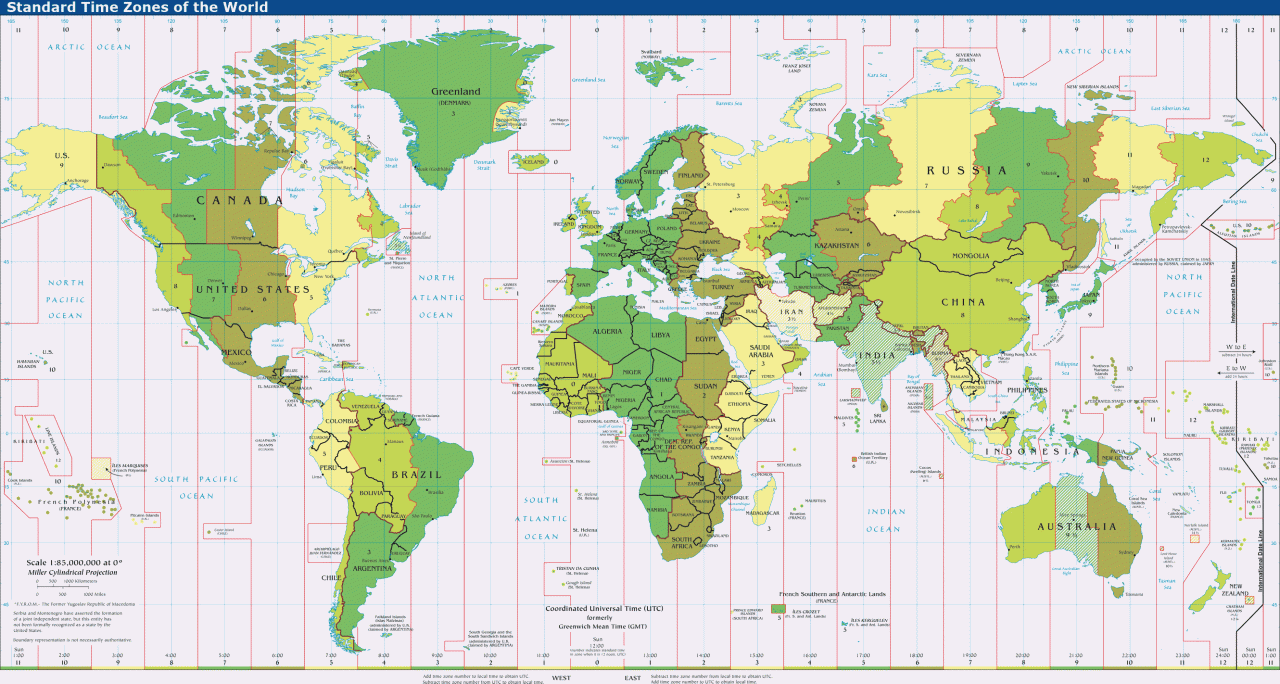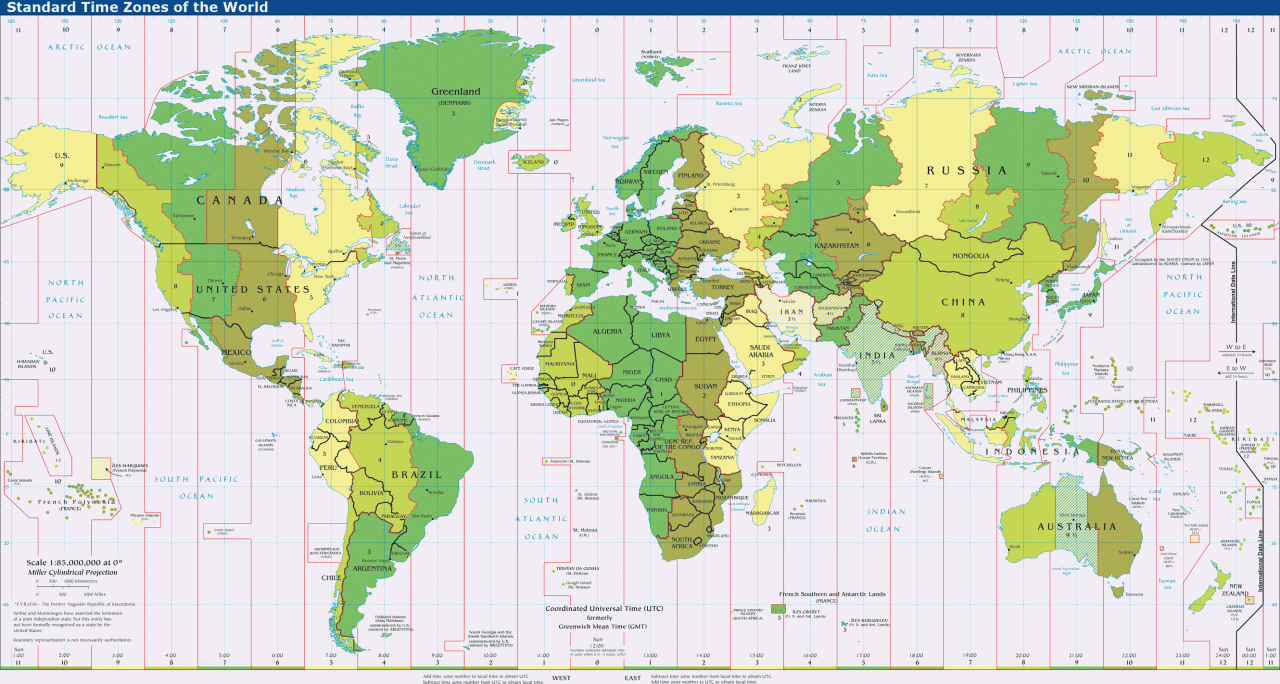
Time zone travelling
When we think about long haul flights, most of us imagine sitting for hours with a dry mouth, cramped legs, and having poor sleep quality during and after. In fact, there are plenty of tricks that can make the experience significantly less arduous.
After taking the longest flights to use flight points accrued throughout each year, and struggling to deal with jet lag and sleep deprivation within cattle class flights between Australia, USA, Canada, Asia, and Europe – at some point I transitioned from an inexperienced screaming mess to that image of a moderately calm, relaxed, and somewhat experienced flyer.
As a general rule, my aim is to condition myself so that I am feeling tired at the right times to adjust as quickly as possible once in the destination time zone. Likewise, keeping yourself awake at other times will help. Such errors as going in to a deep sleep during the day will certainly lengthen the time required to acclimatize.
Useful tools
For me, the most useful tools are the ones that afford me the most comfort and rest within a confined space. Anything that will aid the efficiency of any necessary transit stops undertaken whilst half-asleep is also going to be valuable.
The top essentials are:
Sleep mask – although you can get these on the flight, it is definitely worth the time to spend the money to buy the most comfortable mask you can find, because this can allow you to sleep even when the cabin is bright with sunshine. Some sleep masks are designed to allow you to open your eyes while wearing them, which can be a major comfort factor worth taking into account.
Earplugs and headphones – that constant hum of the plane can sometimes become your worst enemy on long flights. Noise cancelling headphones can be used without music to provide a special relaxing place to retreat to.
A small foldable bag for things you need to keep close during the flight – at certain times during a flight, it isn't always so difficult to get to your carry on luggage, but other times, like before or after a meal, it can be very inconvenient to stand in the aisle. So having a small bag for essentials, can be handy to bring out and keep beside you during the flight.
One book or gadget – although in-flight entertainment is a lot more modern these days, it can often be comforting to have something of your own that you can use to catch up on podcasts or a tv show, or just read at those times between meals, and when you don't want to be sleeping.
Neck pillow – I've put this last as they are not for everyone. I can't say that I'd be lost without one but it really is handy to have if you want decent neck support or just something to keep those air-conditioning drafts away from your neck. Although you can buy this beforehand, most airports seem to have at least one shop that sells are good selection. Just remember that inflatable ones can tend to be colder than the styrofoam bean-filled variety.
Where is the best place to sit?
According to a pilot friend, the seats nearer the wing will experience a smoother flight. Sitting too close to the bathrooms or babies can be disruptive when trying to sleep. Sitting near the emergency exits can give more leg room as long as you are happy to help other passengers in an emergency. The advantage of an aisle seat is that you can get up and sit down without having to ask anyone to move. However, this may also mean having to move for another person wanting to get to the aisle. Even still, you may end up near a noisy group of people, someone who snores, or any combination of troublesome folk.
Find the experienced traveller
There will always be one of these people on every flight; the person who seems to know exactly what to do, at what time, and often looks the most rested and comfortable when landing or when in transit. These are the people who taught me some of the best tricks, by just identifying them and observing when they sleep, what they do, and…when they don't sleep. Following these people can be the best way to make sure you sleep at the right times and reduce the impact of landing in a new time zone. Always using your mask when you sleep will make sure that your brain won't get messed up due to sunlight at the wrong times. This alone can be something that will save you from the torment of excessive jet lag problems once you get to your destination.
Work out a rough realistic schedule
Once you are on your flight, you should have available when your meals will be served, and at least an idea of how full of other passengers each leg of the flight is likely to be. A quick glance as you walk past the kitchen can also tell you what sort of snacks are available for later. In you mind, work out a reasonable schedule for the flight, starting with the times when you will need to sleep. Although this may seem like the most impossible thing to manage, most of what I have been talking about so far can contribute to making this very possible to achieve. Once you know this very important bit of information, everything else between that and your meals will fall neatly into place. Get this right, and your recovery time following the flight will be significantly easier and more comfortable.
Stay up late
Remember those times when you've stayed up real late watching movies, and then been so tired when your head hit the pillow that you fell asleep straight away and was able to sleep in a bit more the next day? That's what we want because sleeping early for a couple of hours and not being able to sleep the rest of the time is going to make that time go inordinately slow and may also knock out your body clock a lot more than you really need to. And that's what I meant about a reasonable schedule. This means going to bed when you're super tired, but not staying up past that point because then you'll have to wait until you get tired again.
Eating and drinking
In order to get your body to stay awake, the cabin crew are going to feed you at specific times. Make sure you make the most of this fact and depending on your schedule, you may need to work out the best times to ask for those snacks you eyed in the kitchen earlier. If you're going to land somewhere early in the evening, the last thing you'll want is an 8 hour sleep just before touchdown. In that case, you may find yourself wanting to stay awake in a dark cabin, or at least until 20 minutes before the next meal. 20 minutes seems to be the perfect time in which you can take a nap without going into that deep sleep that is going to mess up your body clock when you land. And sometimes you are going to need 20 minutes to be able to stay up late enough to be able to sleep later. Either way, just make sure they wake you up for food after 20 minutes and you should be fine. And make sure that you've drunk enough water so that you won't be getting dehydrated – you really don't want that.
The angry hour
The angry hour is a time space where most people on the flight will be at their worst. It can occur due to combinations of events, such as a rowdy bunch of new passengers boarding from a time zone where it is earlier than your starting zone. Sometimes during this time, even the smallest noises can take on the irritation magnitude of a marching band going through your room in the middle of the night. Beware the angry hour as if you get to this point, and you haven't slept, you're going to need to get some as soon as possible. My best advice about this time is to avoid it by making sure you are asleep, or at least make as much of an effort to have had enough sleep before this time. While creating your schedule you can usually figure out when the angry hour will be on any given flight.
Before you land
If everything goes to plan and it is morning at your destination, you'll be up just before a meal, and feel like you've woken a little too early with just enough time to spare to freshen up before landing. If it is evening at your destination, and you have successfully juggled your sleep, you’ll be feeling tired and ready to sleep through the night without waking too early. Hopefully, you will now at least have some ideas that you can adapt for yourself and improve the quality of your future flights.




